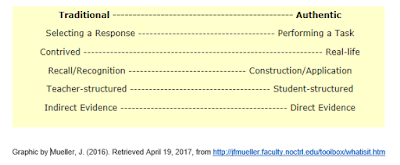My
Dearest Student:..
I hope that you understand I want
nothing more than to offer you the knowledge that I have obtained over the years
as a nurse. Know that it is normal for
this journey to feel lonely, long, and bumpy. It is my goal to provide you with the required
skills that pave a path to a smooth, professional career that you find
completely rewarding. I hope to be the
hand you reach for when the work becomes difficult and overwhelming. I hope the
be the call you make when you are seemingly lost in research and books and need
direction and inspiration; and I hope to remain your mentor long after you have
finished my course and graduated from the nursing program. Please know that you are never alone, as your
instructor I have been in your shoes and I remember a time when veteran nurses
and instructors ate their young (meaning, they chewed us up and spit us
out). This is not what I want for you
dear student; it is my deepest wish to use the time that you are my student to make
you professional, knowledgeable, independent and efficient; thus, breaking the
traditional maltreatment cycle of new hire nurses.
One of the ways I intend to provide
you with a career that is second to none, is by creating an engaging, active
classroom, laboratory and clinical environment.
Traditional teaching was all that I knew prior to taking an informatics
course in 2017. I hope to share the
skills and knowledge that were provided to me in this course with each one of
you. 21st Century nursing
education instills quite a challenge with regard to technology; however, I have
been provided a significant tool box and list of resources that will provide
each of you with an advanced, technologically savvy learning environment that
will both challenge and drive all of your nursing education endeavors. For instance, be prepared to provide your
journals in a professional blog, present infographics, eposters and educational
commercial grade video strips to your classmates. Having the confidence to begin to use
technology for the first time, or just to learn different aspects of
technology, is the first step in understanding the importance of health
information management and nursing informatics and the role it plays in the future of patient care.
I hope that you are as amazed and excited as I
was when I was learning to use these creative, innovate types of learning
strategies during my educational endeavors.
I also hope the information that I provide to you will be a big stepping
stone into the technological advances you are about to witness in healthcare as
a whole throughout your career; including electronic medical records, medical equipment, medication administration and so much more!
I wish you the smoothest of journeys,
remember that I am here for you, remember that I am on your side and that I am
your biggest advocate as we all strive for success stories in the nursing
program!
All My Best,
Ms. B.









